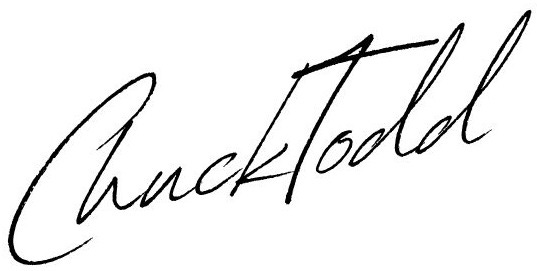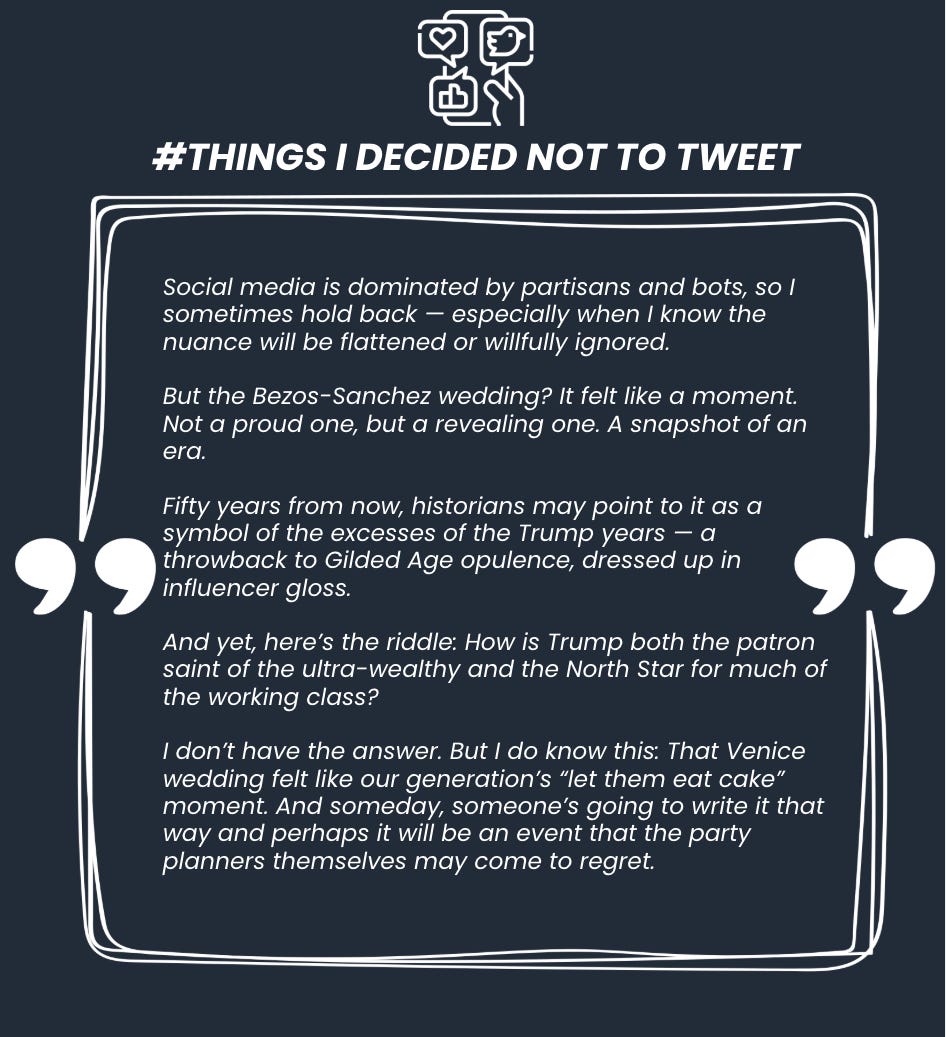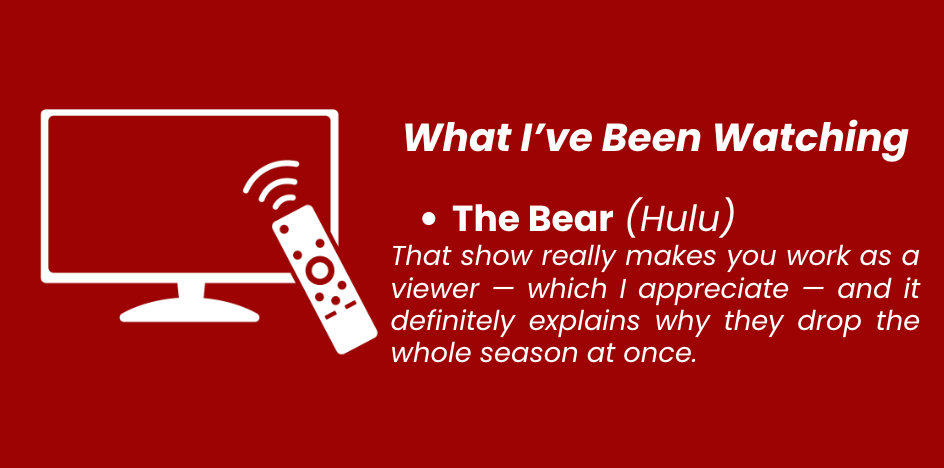Congress isn’t working the way it was supposed to. That shouldn’t be a controversial statement, but too often, it feels like one. Why don’t more people just say it out loud? Why don’t we admit the system is broken?
Maybe if we reminded ourselves — and each other — how Congress is supposed to work, we’d start resetting expectations. Maybe then, we’d demand more from the institution the founders designed to be the center of American self-governance.
If there’s a theme to this Substack so far, it’s this: our democracy isn’t just polarized or dysfunctional — it’s structurally broken. And no institution is more responsible for that breakdown than Congress.
Sure, Congress has always been political. But this century, it’s become fully partisan. And worse, it’s no longer institutional. The legislative branch used to check the executive branch, regardless of party. Today, Congress only checks a president from the other party. Otherwise, it defers, enables, or abdicates.
We’re watching that play out in real time with this latest debt and tax bill. It’s chaotic. But let’s not pretend this dysfunction is unique to today’s Republican-led Congress. It looks strikingly similar to what Democrats pushed through under Biden four years ago. If anything, Republicans might move slightly faster — but the result will be no less convoluted, no less disappointing, and no easier to explain to the public.
This style of legislating — last-minute, top-down, hyper-partisan — has dominated for most of the 21st century. You can trace the pivot point back to the late ’80s and early ’90s. Democrats blame the GOP The Gingrich revolution didn’t just change the GOP; it changed how Congress saw itself. No longer as a co-equal branch of government, but as a partisan weapon.
Democrats aren’t blameless; in fact, many older Republicans justify Gingrich’s tactics by claiming the Democrats broke the place first. The 1984 Indiana House election dispute — when the Democratic majority effectively overruled the state and seated their preferred candidate — was indeed a signal moment. But once scorched-earth tactics became the norm, Congress never found its way back.
Remember Schoolhouse Rock’s “I’m Just a Bill”? Other than the president signing the final bill, almost none of that process exists anymore. Conference committees are essentially extinct. The amendment process is a joke — a made-for-TV exercise where nothing meaningful changes. These votes aren’t about improving legislation; they’re about creating attack ads. Lawmaking has become campaign-ad production.
Why? Because we’ve raised a generation of leaders who’ve never experienced a functioning Congress. Take Speaker Mike Johnson. He doesn’t see himself as the head of a governing institution. He sees himself as a partisan actor, carrying water for the Republican Party, which, right now, means carrying water for Donald Trump.
And it’s not just lawmaking that’s broken. Congress’s dysfunction has spilled into the judiciary, too. The founders envisioned the courts as the least political branch. That was Hamilton’s entire argument in Federalist 78. But today, we select judges not for their independence, but for their ability to get 50 votes and a tie-breaking vote from the VP.
And we wonder why the public sees judges in red and blue robes.
I’ve said this before, I’m with Alexander Hamilton: I want judges to be like umpires — invisible, impartial, uninterested in outcomes. But if we want truly nonpartisan (or simple LESS partisan) judges, we need to make it harder to confirm partisan ones. Maybe that means requiring 75 votes in the Senate. Sixty wasn’t enough to keep politics out of the courts, and 50 is a recipe for ideological trench warfare.
The cycle is obvious now: one side escalates, the other side retaliates. Norms don’t reset — they just erode. The judiciary is where this pattern is most obvious, but it started with Congress. Harry Reid and Mitch McConnell both pointed fingers. Both claimed they had no choice. And now we have a judiciary that reflects the worst instincts of both parties.
Nowhere is the dysfunction more obvious than in how Congress handles the debt.
We’ve built a culture where lawmakers call themselves deficit hawks — and then vote to finance everything on the national credit card. The truth? Almost no one in Congress is consistent on this issue.
Democrats rediscover fiscal discipline when they’re out of power. Republicans sound the alarm when a Democrat is in the White House. Meanwhile, donors want lower taxes. Voters want more benefits. And so, both parties compromise by not compromising — and just borrow instead.
Take Ron Johnson. He talks tough on debt, but caves every time. Democrats aren’t any better. The last serious attempt at long-term fiscal reform came when there was divided government — a Democratic president and a Republican House. That gave us the Simpson-Bowles Commission. It also gave us a case study in political cowardice.
Paul Ryan refused to vote for the compromise. Barack Obama walked away from it. Both feared their party would pay the political price. And they were probably right.
Around the world, austerity rarely works politically. Governments that impose it usually get tossed out. So, unless both parties act together — and absorb the risk together — it won’t happen here either.
That kind of shared sacrifice requires leadership that puts country before party. And we don’t have that right now.
What’s worse, we’ve normalized the dysfunction. Nobody even flinches when Congress manipulates the math to make a bill look better for the CBO score. Ten-year budgets get stretched into 15-year gimmicks. Programs are designed to expire before costs explode, just to produce a cleaner fiscal outlook.
And remember: these bills aren’t written in committee. They’re stitched together in leadership offices — or at the White House — behind closed doors. Committee chairs have no real power. Hearings are mostly performative. And the final bills often include buried landmines, like the attempted AI moratorium on state regulation that nearly snuck through unnoticed.
Congress is supposed to be the Article I branch. The first branch. The one with the power of the purse, the power of oversight, the power to declare war. But it no longer behaves like the most important branch of government. It’s become a junior partner — and in many cases, a rubber stamp.
And here’s the kicker: Congress didn’t just break itself. It broke the rest of the government in the process. It empowered presidents to legislate by executive order. It politicized the judiciary by dodging hard votes. It taught future leaders that avoiding accountability was the safest path.
And here’s where I turn the camera around. If the public isn’t fully aware of how distorted the function of Congress has become, that’s partly on us — the media. We haven’t sounded the alarm loudly or consistently enough. Especially those of us who cover Congress day in and day out. We should be reminding our audiences — regularly and urgently — just how far the institution has strayed from its original design. Not as a nostalgic exercise, but as a civic obligation. Unfortunately, much of the Capitol Hill press corps today is too young to remember when Congress functioned as an institution, not just a projection of the majority party. And if we’re ever going to build public pressure to reform Congress back to what the founders intended, the first step is helping the public understand just how far off course we’ve drifted.
So, how do we fix it?
It’s hard to imagine the current two-party structure fixing this on its own. Both parties are coalitions of interest groups that no longer cleanly align. Their funders and their voters often want very different things. That makes a durable compromise nearly impossible.
The answer isn’t necessarily a third party, though I’d welcome it. And if we ever changed our ballot access laws, maybe it would be possible. But even short of that, a small group of independent-minded lawmakers could make a real difference.
Imagine six to eight senators, 20 to 25 House members, who acted as a real independent bloc, refusing to empower leaders unless they agreed to put the institution of Congress ahead of party. That group could deny a majority. Or create one. They could force reform.
And we’ve seen glimpses of it. When Joe Manchin and Kyrsten Sinema held out, the Democratic leadership had to adapt. When Lisa Murkowski or Rand Paul makes noise, it moves the needle with the GOP leadership — if only slightly. Now imagine ten of them, working together, speaking with a single voice.
I know it sounds idealistic. But look around: if we don’t fix this soon, we risk trading democracy for kleptocracy — a government ruled not by law, but by access. A place where power is simply pay-to-play. That’s the last step before the whole experiment collapses.
So no, I don’t have a tidy solution. But I do know this: we cannot fix democracy until we fix Congress.
And we won’t fix Congress until we demand that it function as an institution, not just a stage for partisanship.
You want to know why our climate policy is gridlocked? Congress. Why is the judiciary polarized? Congress. Why is the debt out of control? Congress.
Congress created this mess. And only Congress can fix it.
Maybe — just maybe — if we reminded Americans how Congress is supposed to work, they’d finally get mad enough to make them fix it.











I’m sure some of you have seen this comment floating somewhere on social media but it bears repeating, It’s a good thing Congress isn’t alive to see this…
Intellectual and thoughtful, and I think it hits the nail on the head. Unfortunately, I think the courage that it takes to even slowly create an independent block of politicians is sadly in short supply right now. It would require a group of them being disgusted enough as motivation to change. And, as is often said, hope is not a strategy. But fingers crossed anyway! Lol